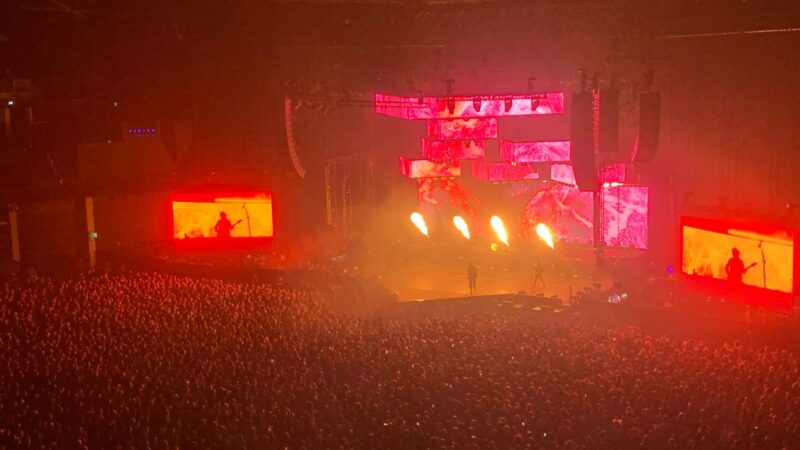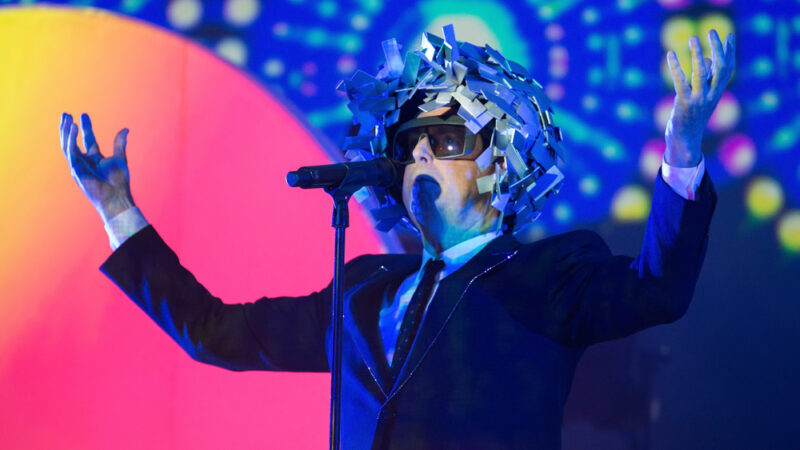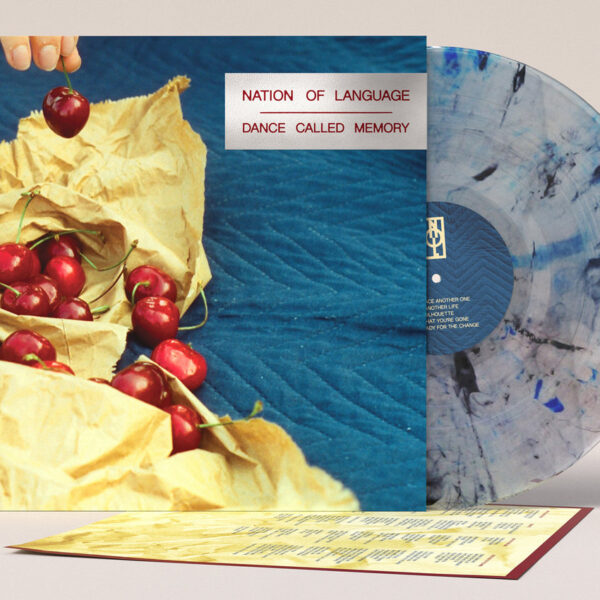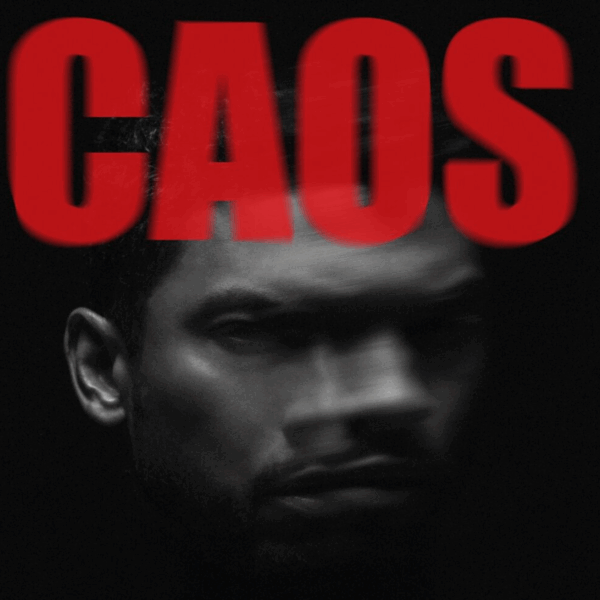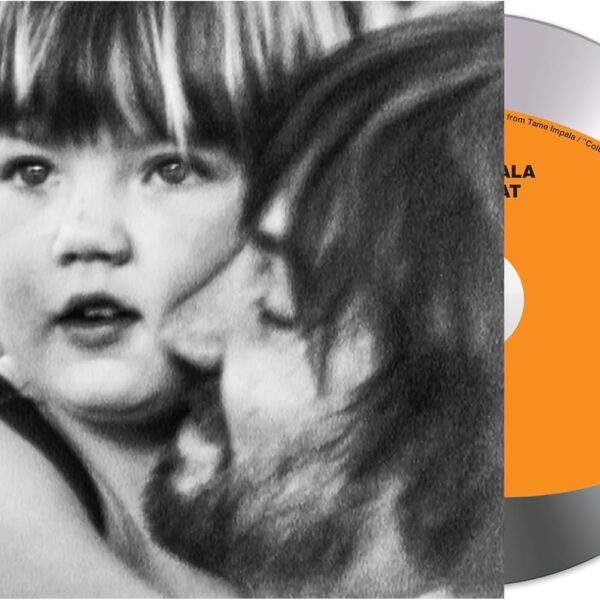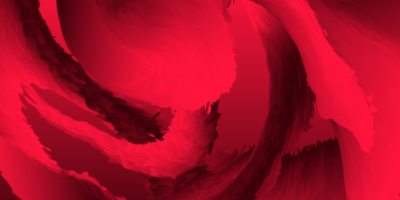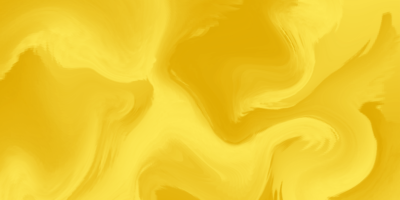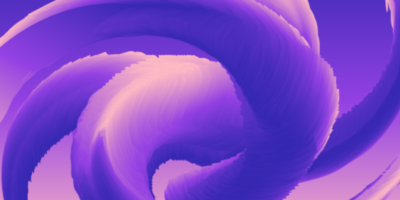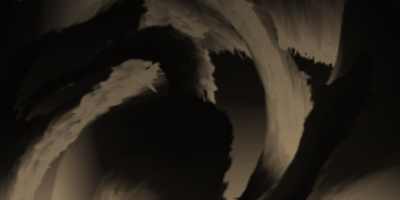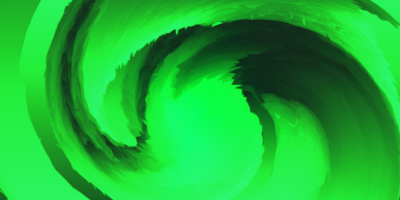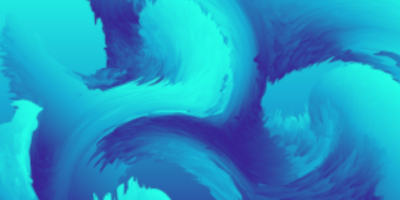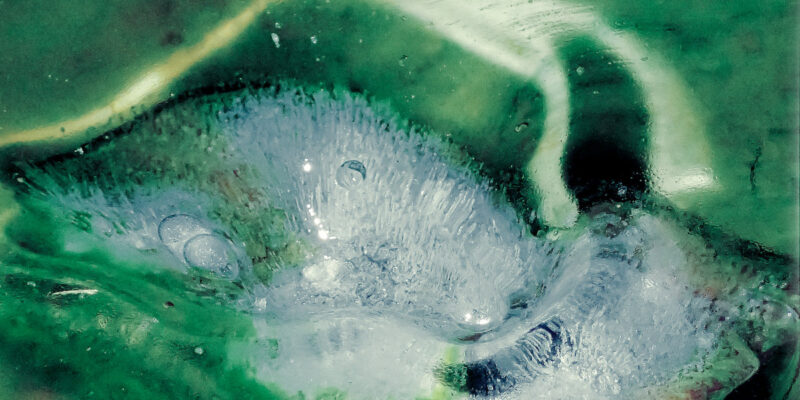
Review: Tristan Arp | a pool, a portal
Tristan Arp returns with a pool, a portal – a vast, multi-dimensional record of pin-drop rhythms, hushed vocals and swirling ambience that maps out a vivid limbic space between the natural and the digital worlds.
The LP began while Tristan was still living in Mexico City, and was subsequently finished in New York. Carrying on from where his acclaimed debut Sculpturegardening left off, the record marries hallucinatory modular synths with cello, found sound and spoken word, creating a rich sonic world in which machines mimic nature and acoustic instruments merge with their digital counterparts.
Known for his EPs filled with unconventional polyrhythms and his years co-running the New York label Human Pitch, he had already carved out a unique space within biomorphic electronic music. However, with Sculpturegardening, his second album, he began working with a deeper question: How can electronic sounds evoke organic, floral life?
Collaborating with Guatemalan cellist and vocalist Mabe Fratti helped bring this concept to life. The pair met in Mexico City in 2020, where she helped Tristan to learn cello – an encounter that ultimately went on to inform the recordings that made up Sculpturegardening. Her appearance on ‘a pool, a portal’ marks a full-circle moment in their creative relationship.
Fratti’s rich, warm cello tones gave Arp’s modular synth compositions an organic quality, adding a soft, earthy texture that softened the album’s angular electronic edges, like wildflowers growing between stones. On his latest album, a pool, a portal, he continues this exploration of natural rhythms with similarly lush textures. Fratti’s presence is felt again as her wordless vocals soar on ways of being, where a gamelan-inspired synth floats over rippling modular rhythms. Fratti also introduced Arp to cello, a skill he brings into play on in regrowth, blending warm, high-pitched synth with the natural timbre of the cello.
Recorded through improvised live sessions, often in a single take, a pool, a portal has an immediacy that reflects Arp’s spontaneous process. This method led him away from Sculpturegardening‘s microhouse and glitch sound toward an effervescent blend of ambient and IDM. Cello, piano, and fragments of spoken word create a soft, amoebic effect, with rhythms that feel fluid and organic. Unlike many works that explore the connection between technology and nature from a dystopian angle, Arp imagines a future of harmony between the two.
The album’s opener, a piece of silence, immediately sets this tone. A distorted vocal hints at a world coming back to life: “One day you’ll see this place come to life again, its creatures returning,” evoking images of biohybrid beings roaming a cracked, arid landscape. The sprawling life after humans deepens this vision, building new layers over its nearly 11-minute runtime—chopped vocals and flowing piano gradually populate the soundscape, suggesting life spreading across a barren land. a scattered meaning moves us further into this speculative future, where fragments of human voice intertwine with blossoming synth modulations, conjuring a world in which AI speaks a new language with nature. The fragmented sounds and layered spoken word evoke the experimental collages of folktronica pioneers like The Books.
On a pool, a portal’s longer tracks, Arp’s pointillist approach lends a hypnotic rhythm that paradoxically compresses and expands time, allowing listeners to lose themselves in his strange, alien worlds. The nearly five-minute time dilation punctuates glimmering, harp-like tones with sticky modular rhythms, hinting at the eerie machine sentience heard on Objekt’s Cocoon Crush. The album closes with its extended finale, beneath the world staring upwards, where strings and ambient pads fade into one another. As the track ebbs away, listeners are left with a sense of floating into an unknown future.

